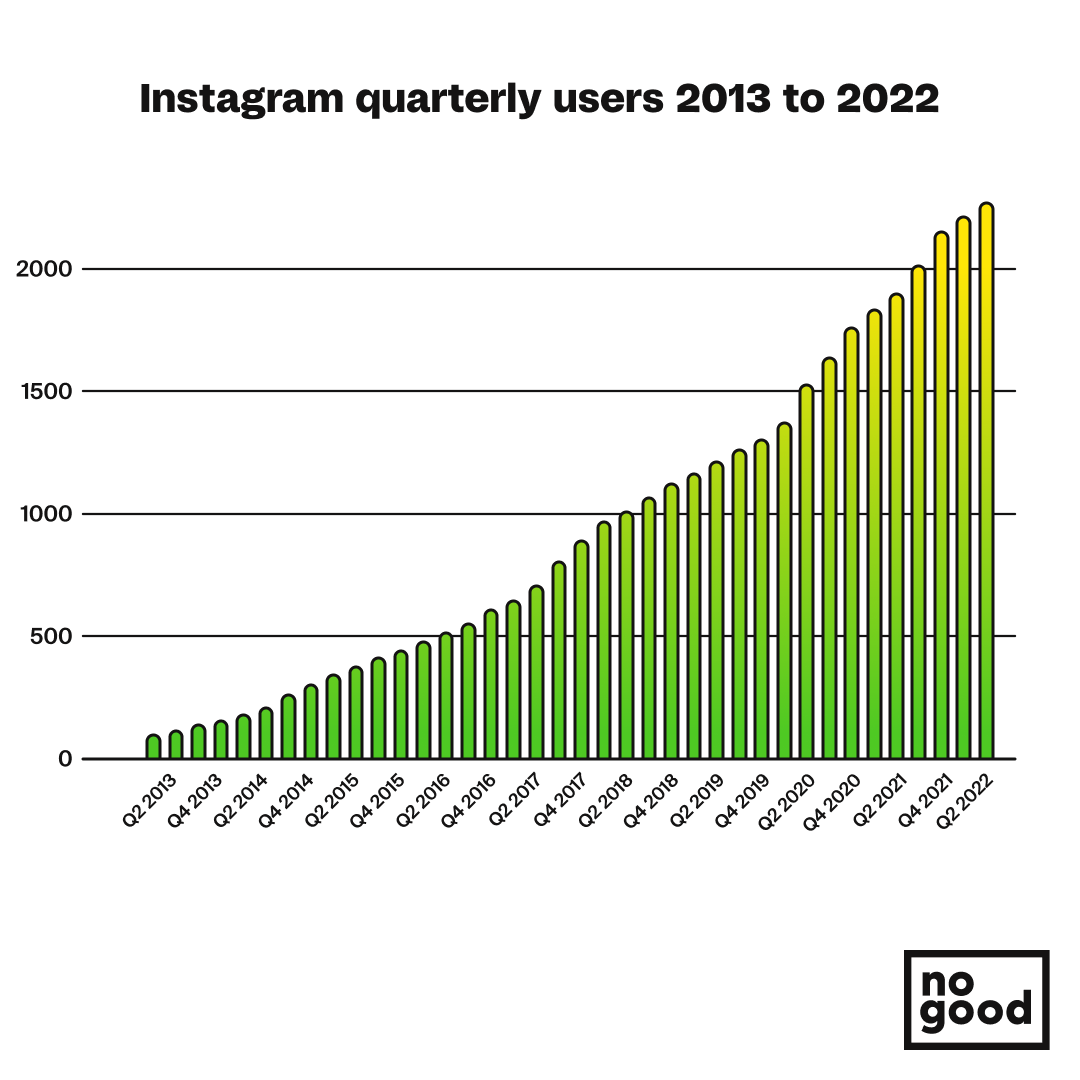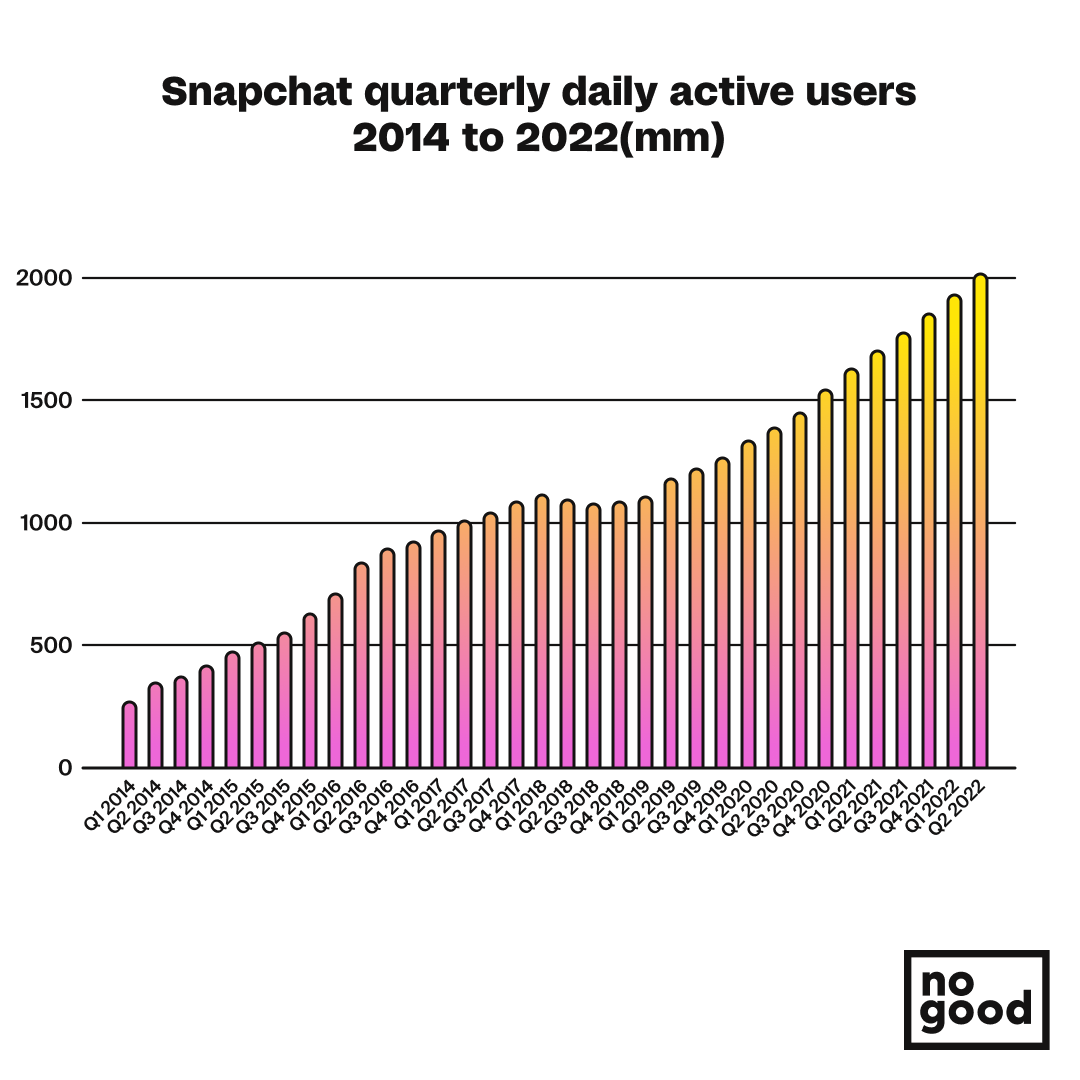As roots dig deeper into the landscape of authenticity, Instagram continues to experience an identity crisis that it just can’t seem to recover from. Once the eponymous force behind the decade defined by content that was measured against whether or not it was “Instagram-worthy,” the once photo-first platform has fallen from favor and is now chasing its younger competitors in the field.
Despite being first to market in the realm of social media giants, only preceded by big brother Mark Zuckerberg’s behemoth, Facebook (now Meta), Instagram has been continuously attacked and had to defend itself to new-comers in the field since inception — with no signs of change anywhere on the horizon. What many forget, however, are Instagram’s humble beginnings as a clone of the popular Hipstamatic photo app which set the pace for its model of being product-first yet always second to market — effectively using the landscape of new and budding social apps as their R&D department. Instagram has rolled out and forced new features on audiences in response to nearly each and every new social platform that comes to market — almost universally upsetting users with each new iteration.
While many will lob scrutiny indiscriminately at the social media giant and criticize their chasing of, and implementation of, each and every new feature that reaches critical mass on the app store, the model is one that is winning for them (or at least according to the 2Billion – with a b – users they house) and one that brands can honestly learn a lot from.
Rather than using their time and resources to innovate (who has time for that?) and create new features of their own, Instagram – FKA Burbn – has built a copy-cat strategy that keeps product first, despite always being second to market — and we’re here for it.
TL;DR:
1. Feature-Chasing IS Instagram’s Strategy
2. Product-first IS Instagram’s DNA
3. Second to Market IS Instagram’s DNA
4. Altering the Instagram DNA
Feature-Chasing IS Instagram’s Strategy
Whether intentional or not, Instagram’s initial meteoric rise came as a byproduct of being a product-first company — despite that product being a stripped-down version of another app. In reality, it was this strategy that they likely owe to being where they are today, and for a number of factors:
- Being innovative despite being a copy
- Being first-ish
- Being product-first
While saying that the app was innovative, despite being a copy, may come across as disingenuous, it’s important to remember that – at the time – the idea of making an app that was described as “A cross between X and Y” was not the business model that it has now become. It was, in fact, a fairly revolutionary idea at the time to combine the social aspects of Facebook (which had only added photos to its functionality in 2006 and didn’t have an app until 2008) with the photo filter capabilities of Hipstamatic.
For as much momentum as Instagram gained during the period of 2010-2017, the platform saw many features come and go, with few – if any – gaining any real traction or having any staying power, and even fewer being features that they themselves thought of or created.
As a brief recap, here’s a substantial, if incomplete, recap of Instagram’s feature roll-out:
While the above list is long, what’s most surprising is just how many features the app currently houses that were adopted from other platforms vs. the features they created themselves that are still in regular rotations for brands and creators alike.
Instagram often draws the ire of SMMs, brands, and the general public alike in their thinking that this has been a less than ideal habit of theirs since they implemented Boomerangs in 2015, and to a greater extent implemented Stories in 2016 as a response to Snapchat (we stand in solidarity with our Snap brethren). And while it does – to a degree – make sense that many would forget, due to the 5-6 gap between launch and the continuation of their habit of feature-stuffing, that habit has been more of a strategy than anything in their product-driven growth (more on this shortly).
Doing an audit of their history, while they have always put the product at the forefront of their strategy, it’s undeniable that it wasn’t necessarily always their own — and it’s been working for them.
Product-First IS Instagram’s Strategy
This is where all the juice is, to be honest because it’s honestly incredibly clever that Instagram has built its empire as being a product-first company, while always being second to market with their product. This was true with the original build, with the implementation of stories, the implementation of reels, the implementation of NFT support — the list goes on. And while many of us have spent the past decade flipping our hair, rolling our eyes, and being frustrated with the near endless deluge of copy-cat features — it’s realistically the most winning aspect of Instagram’s product strategy.
Let us explain.
According to Crunchbase, the average startup can expect to spend ~20% of its budget on R&D alone — not an insignificant portion of a budget at all, particularly during a period of time when most brands are seeking to bootstrap and save wherever they can. Instagram’s model of observing and reacting, versus research and development, is quite possible the aspect of their growth strategy that allowed them to run so lean for so long since they had other startups proving and testing features for them.
Taking a deeper look into the timeline, Snapchat launched in July of 2011, with the addition of Stories reaching the app in October of 2013 — it would be roughly 2 more years before Instagram made the decision to implement its own version.
Similarly, looking at the launch of TikTok in September 2016, Instagram again lagged behind by a number of years — only introducing Reels to its platform in August of 2020. The same can be said for BeReal with its 2020 launch, and Instagram’s recent implementation of Dual in July of 2022 with Candid Challenges coming a month later in August of 2022.
There are a few major takeaways here:
- Instagram really likes launching “new” features in August (for some reason)
- They don’t immediately copy every new app that enters the market
While the first observation is honestly just kind of funny, the second is where all the substance is to their strategy of being product-first, second-to-market.
Being product-first, as we know, is about putting your product offering above all else with the intent of providing users an optimal experience with your product based on feedback, research, and observations — whether that be observing competitors, aggregating feedback and requests for specific features, or otherwise.
While many may see this as Instagram not leading the way with innovation, the reality is that that arguably couldn’t be further from the truth — and that’s supported by their continued growth YoY.

As we’ve established, being product first means being user first — providing your audience and user base with the features that they want, when they want them, and how they want them. For Instagram, this manifests itself in their strategy of observing new competitors as they come to market, determining the point at which they’ve reached critical mass, and of course refining their features to be more accessible to larger audiences, while still catering to the demographics of the platform that the features came from.
This is further supported as we look at other competitors in the field that Instagram has borrowed from, who have refused to adapt or simplify their user experience or otherwise put product first as a keystone to their growth strategies — and yes, we’re talking about Snapchat.

While we may look at the above chart and argue that Snapchat has continued to see sustained growth YoY for their platform, we may notice a few things, and we can deduce a few reasonings for them. The most important takeaway is that, while Snapchat has shown a net gain, there have been some dips in its metrics over the course of its lifecycle. And while Snap may have implemented new features periodically throughout its lifecycle, the user experience, and the interface is less accessible and intuitive than Instagram — and they never copied Vine as far as we know.
Arguably, Snapchat’s mortal flaw in its growth strategy may have been trying to innovate too much by introducing features that they thought users wanted, considering their initial success as a platform introducing a new feature to the market, rather than using peer validation as Instagram has to only implement the features that they knew users wanted.
This brings us to…
Second to Market IS Instagram’s DNA
Due to the gap between competition entering the market, and Instagram implementing those features that the competition brings to market, it seems obvious that Instagram is strategically observing the growth of these competitors until they reach a certain threshold where they see the competitor, and more importantly, the competitor’s features, as valuable — then they copy them.
This not only allows Instagram to validate the value of certain features that they can then add to their product, but also saves them the time and capital necessary for the research and development of these new features.
While many have criticized the platform for being unoriginal or straying too far from its roots, the reality is that as they grow and new generations form, it’s a key component of its growth strategy as a software company to capture new generations. What better way to do so than to copy the apps that those generations are using?
Once implemented, all that’s left to be done is to, as we’ve all experienced, force users to use the new feature by giving content utilizing that feature preference in the algorithm for discoverability.
It is this strategy that has fueled their growth YoY, as they’ve adjusted the platform to not only cater to the feedback and wants of the Millennials that made the platform the social giant it is today, but also nurturing growth through the implementation of features that appeal to Genz audiences, as well as making the app experience accessible enough for more mature generations to interact with and adapt as they graduate from Facebook.
While legacy users may complain about Reels getting prioritized, or chronological scrolling being taken away unjustly, Instagram’s product-first, second-to-market mentality has successfully positioned the platform as a tastemaker of social features, and like any trend-driven product, it’s part of Instagram’s growth strategy to force users to adapt and adopt — and they do.
Altering the Instagram DNA
While Instagram’s history of copying features and forcing “new” features on audiences may draw the ire of certain audiences and demographics, the social platform (or now consumption platform) has sustained growth for the entirety of its lifetime — despite consistent criticism from its own users.
As Instagram enters the second decade of its lifecycle and social media is shedding its old model in exchange for a new one, the social giant could use a bit of repositioning and stand to avoid future criticism by means of altering its history as a second-to-market platform for social features.
Historically, if we look at the user experience that we’ve had with Instagram, it’s consistently been a ballet of push and pull between platform and user as new features are implemented, prioritized, pushed back on, and ultimately accepted if not completely embraced by the community on the platform.
Moving forward, this friction may just spark a fire that Instagram very well may fail to extinguish as new and existing competition actually pose threat to their growth as emerging platforms find their bread and butter in, as is with most products, emerging generations.
It’s been said that we must, “Adapt or Die” and to a degree, we’ve seen that to be true for other social platforms that have refused to adapt or put their product first, or thought that they knew better what their audiences wanted than the audiences themselves. Though Instagram has passed through the past decade relatively unscathed, they’ve also grown with the benefit of being the only child of a generation that is first to discover social media.
With future generations, as we’re currently experiencing with GenZ, it seems likely that each will have its own platform, platforms, and consumption habits based on the way that platform structures its content.
For Instagram, this could signal that it may be time, in fact, to alter its DNA and do something it hasn’t had to do in the entirety of its lifespan – innovate. Feature chasing is cute when a platform is young and discovering itself, but as new generations come, and with them bring new changes to the way we think about content, clutching onto new features in an attempt to stay relevant is anything but.
It would be an understatement to say that Instagram needs to adapt or die, as that’s been their DNA from the jump. What’s more likely true is that they need to innovate, or continue to fall behind because let’s face it, they’ve already fallen behind – it’s the numbers that likely are playing catch up.
For as much excess arguably undue excess sodium as Instagram tends to get these days, they’re still sitting at the big kids’ table of social media, they just have some young competition to look out for. And while we love all of the opportunities and innovations coming through the app store pipeline by way of TikTok and BeReal, we’d love to see the same of Instagram in the next few years because, honestly, they can’t afford not to innovate at this point and have every opportunity to.





